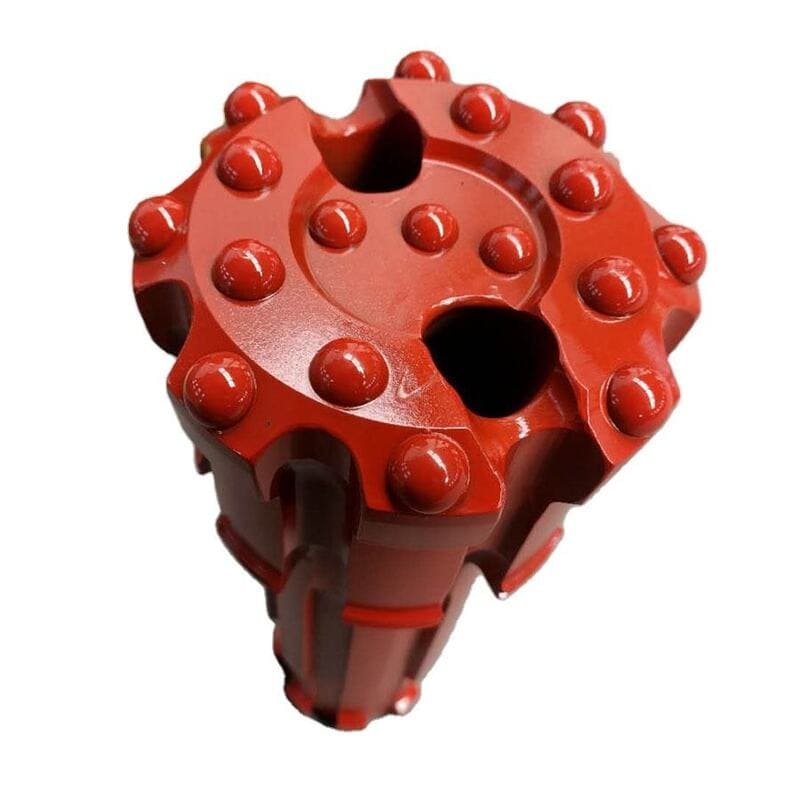Ever wondered how to make your drill bits last longer in tough conditions?
To effectively reduce flank wear on DTH drill bits, applying coatings such as tungsten carbide, chromium plating, and diamond-like carbon can enhance wear resistance and durability. These coatings shield the bits from abrasion and mechanical stresses, extending their lifespan and performance.
When I first started dealing with drilling equipment, I quickly learned that the right coating could be a game-changer. Picture this: you're deep into a project, and the last thing you need is for your equipment to fail. Each coating option—whether it's the toughness of tungsten carbide or the sleek protection of diamond-like carbon—brings its own unique advantages. Let's dive deeper into how these coatings work their magic and help you choose the best fit for your drilling challenges.
Tungsten carbide coating reduces flank wear on DTH drill bits.True
Tungsten carbide enhances wear resistance, reducing flank wear effectively.
Diamond-like carbon is ineffective against abrasion in drilling.False
Diamond-like carbon provides excellent protection against abrasion.
What is Flank Wear and Why is it a Problem?
Have you ever noticed how the tools you rely on gradually lose their edge over time? That's the sneaky culprit known as flank wear, and it's a real thorn in the side for anyone who deals with machining.
Flank wear is the slow deterioration of the cutting tool's side, where it meets the workpiece. This wear and tear occur due to abrasive forces, heat stress, and chemical reactions, leading to shorter tool life and poor machining outcomes.

Understanding Flank Wear
I remember when I first learned about flank wear during a late-night study session, coffee in hand and textbooks sprawled across my desk. It primarily occurs on the flank face of the tool, which touches the workpiece directly. This contact creates an abrasive action that slowly wears away the tool material. Over time, this erosion reshapes the tool, diminishing its effectiveness.
Mechanisms of Flank Wear
- Abrasive Wear: Picture tiny, hard particles embedded in your work material, each one scratching your tool's surface. It’s like sandpaper on a wooden board, gradually dulling the edge.
- Adhesive Wear: Imagine material from the workpiece sticking to your tool, almost like a sticky note that pulls away part of the paper when removed.
- Diffusive Wear: High temperatures during cutting cause atoms from the tool to migrate into the workpiece. It's a bit like how steam escapes from a hot cup of coffee, except these atoms weaken the tool.
- Oxidation Wear: At high temperatures, your tool reacts with oxygen in the air, forming oxides that chip away at its strength.
| Mechanism | Description |
|---|---|
| Abrasive Wear | Hard particles scratch and erode the tool |
| Adhesive Wear | Material transfer bonds and removes tool parts |
| Diffusive Wear | Atom diffusion weakens tool structure |
| Oxidation Wear | Oxide formation reduces tool strength |
Implications of Flank Wear
Flank wear isn't just an academic concern; it hits where it hurts—the wallet. When I think back to some costly delays in projects due to worn-out tools, I understand why it's such a big deal. It can lead to:
- Increased Surface Roughness: As tools wear down, they can't maintain consistent contact, leaving behind rougher surfaces.
- Dimensional Inaccuracy: Worn tools struggle to meet precise specifications, causing waste and frustration.
- Higher Cutting Forces: More force is needed with worn tools, ramping up power consumption and machinery stress.
- Tool Failure: At its worst, severe wear can break tools, halting operations and inflating maintenance costs.
Preventing Flank Wear
To combat flank wear, I've found several effective strategies:
- Tool Material Selection: Choosing harder materials like tungsten carbide1 can make all the difference.
- Coatings: Applying coatings such as diamond-like carbon (DLC)2 reduces friction and heat.
- Optimized Cutting Conditions: Tweaking speeds and feeds can minimize stress and abrasion.
By implementing these approaches, you can significantly extend tool life and boost machining efficiency, ensuring consistent quality while slashing operational costs. For more insights on selecting the right coatings, check out coating technologies3 for durability.
Understanding these aspects of flank wear is key for anyone in precision machining. With proactive measures, we can drive productivity and quality forward in manufacturing environments.
Flank wear is caused by adhesive and abrasive actions.True
Adhesive and abrasive wear are key mechanisms causing flank wear.
Tool coatings do not affect flank wear prevention.False
Coatings reduce friction and heat, helping prevent flank wear.
How Does Tungsten Carbide Coating Enhance Drill Bit Durability?
You know that feeling when you find a tool that just gets the job done, time after time? Tungsten carbide coating on drill bits is exactly like that - a true game-changer in durability and performance.
Tungsten carbide coating boosts drill bit durability by adding a hard, wear-resistant layer that shields against abrasion and stress. This results in a longer-lasting, sharper tool that performs reliably in tough drilling conditions.

The Mechanics of Tungsten Carbide Coating
I remember the first time I heard about tungsten carbide – it was like discovering a secret weapon for my toolkit. This stuff is incredibly tough, just shy of diamond-hard, which makes it perfect for protecting drill bits. The coating process, whether through thermal spraying4 or laser cladding, ensures that every bit gets a uniform and durable shield, ready to face whatever you throw at it.
Benefits in Abrasive Environments
I’ve seen firsthand how abrasive environments can chew through unprotected tools. When you're working in mining or construction, having a tungsten carbide coating feels like having a suit of armor on your drill bits. It not only minimizes wear but keeps the sharpness intact. It’s like having a trusted ally when dealing with those challenging rock formations.
Maintaining Cutting Edge Sharpness
Keeping a sharp edge is crucial. I’ve always been impressed by how tungsten carbide maintains its cutting prowess under pressure. This means fewer swaps and more efficient drilling – a real time-saver on site!
Comparison with Other Coatings
| Coating Type | Hardness | Wear Resistance | Common Applications |
|---|---|---|---|
| Tungsten Carbide | High | Excellent | Abrasive rock formations |
| Chromium Plating | Moderate | Good | Corrosive environments |
| Cobalt-Based Alloy | High | Very Good | High-temperature applications |
| Nickel-Based Coating | Moderate | Good | Moist or chemically active areas |
Every coating has its merits, but for me, tungsten carbide consistently stands out due to its superior hardness and wear resistance. It’s my go-to choice for heavy-duty jobs.
Practical Implications for Users
For anyone like me working in industries where reliability matters – think mining or construction – opting for drill bits with tungsten carbide coatings can be a game-changer. It means fewer interruptions and more dependable performance. When weighing options, consider how tungsten carbide5 aligns with your specific needs. The initial investment might seem steep, but the savings in maintenance and productivity make it well worth the cost.
Tungsten carbide is harder than diamond.False
Tungsten carbide is very hard, but diamond is harder.
Coated drill bits last longer in mining.True
Tungsten carbide coatings resist wear, extending bit lifespan.
Why is Chromium Plating Beneficial for Drill Bits?
Ever wondered why drill bits endure heavy-duty tasks so effortlessly? Let me share a little secret: it's all about the chromium plating!
Chromium plating makes drill bits tougher and more efficient by boosting their hardness, fighting off rust, and reducing friction, ensuring they perform well in tough conditions.
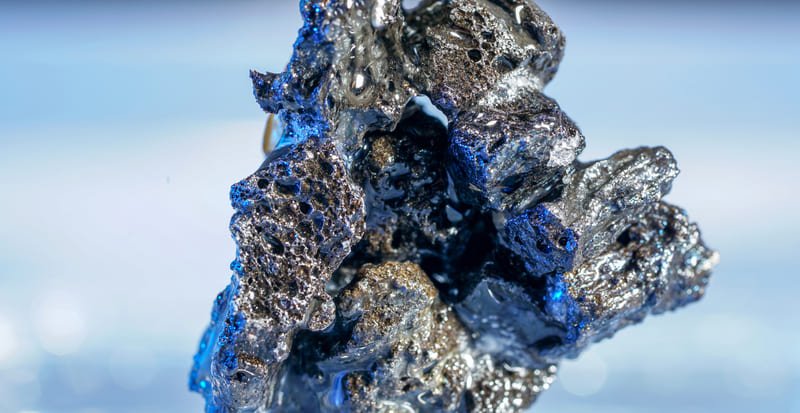
Enhanced Hardness and Wear Resistance
I remember the first time I learned about the durability of chromium-plated drill bits. It was during a project that required drilling into some particularly tough terrain. Chromium plating significantly boosts the hardness of the bits, offering them a kind of armor against wear and tear. In abrasive environments6, this makes all the difference, as the bits face constant friction and pressure. Thanks to the chromium layer, my tools last longer, saving me both time and money.
Corrosion Resistance
Working in areas prone to moisture is always tricky. I've had instances where regular drill bits rusted prematurely, forcing unwanted downtime. But with chromium-plated bits, corrosion is less of a concern. They resist rust and oxidation splendidly, which is crucial for maintaining efficiency in high moisture areas7.
Reduced Friction
I can't count how many times I've faced overheating issues with drill bits during high-speed applications. Chromium plating reduces friction remarkably well, cutting down heat generation and keeping the bits sharp longer. This feature is particularly handy when I'm drilling through softer materials or engaged in high-speed drilling applications8.
Application Versatility
From mining to construction, the versatility of chromium-plated drill bits never ceases to amaze me. Their universal adaptability allows them to excel in diverse industries, providing reliable performance regardless of the task. Whether it's a simple home improvement job or a major industrial project, these bits rise to the challenge with ease.
Table: Chromium Plating Benefits at a Glance
| Benefit | Description |
|---|---|
| Hardness | Increases wear resistance and durability |
| Corrosion Resistance | Protects against rust and oxidation |
| Friction Reduction | Less heat generation, maintains sharpness |
| Versatility | Suitable for diverse drilling environments |
Incorporating chromium plating into my toolkit has been a game-changer. It enhances the drill bits' physical attributes while optimizing their performance across various tasks. For anyone relying on tools that need to withstand demanding conditions, these benefits are not just perks—they're necessities.
Chromium plating increases drill bit hardness.True
Chromium plating enhances hardness, boosting wear resistance.
Chromium-plated bits are unsuitable for humid areas.False
They resist corrosion, making them ideal for humid environments.
Why Choose Cobalt-Based Alloy Coatings for Extreme Conditions?
Imagine your toughest day at work, but for materials. Cobalt-based alloy coatings thrive in those extreme conditions, ensuring nothing breaks under pressure.
Cobalt-based alloy coatings are the go-to for extreme environments due to their outstanding wear resistance, thermal stability, and corrosion protection, making them indispensable in fields like aerospace and power generation.
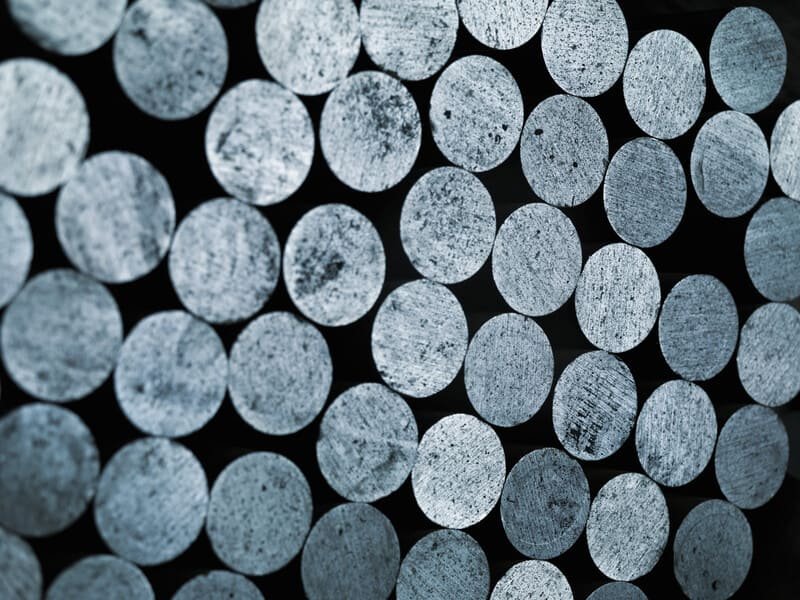
Understanding Cobalt-Based Alloys
When I first heard about cobalt-based alloys, I imagined them as the superheroes of the metal world. Known as Stellite, these alloys shine bright in challenging conditions, maintaining their strength and hardness even when the heat is on. Picture your morning coffee that never cools down—it's kind of like that but for metals. These alloys are a favorite in industries like aerospace and energy because they can take a beating from wear, corrosion, and heat.
Properties That Matter
- Wear Resistance: When you're dealing with abrasive environments, you want something that can hold its own. The high chromium and tungsten content in cobalt alloys make them tough, like a well-trained boxer ready for any fight.
- Thermal Stability: I once touched a hot pan by mistake, and it wasn't fun. Imagine a material that laughs at temperatures over 1000°F while keeping its cool. That's the kind of reliability these alloys offer in high-temperature operations9.
- Corrosion Resistance: Cobalt doesn't just stand around looking pretty; it actively resists oxidation and corrosion, crucial for environments like chemical plants and marine applications.
Applications in Industry
| Industry | Application | Benefits |
|---|---|---|
| Aerospace | Jet engine components | High-temperature stability |
| Power Generation | Turbine blades | Wear and corrosion resistance |
| Oil & Gas | Drilling tools | Abrasion resistance in harsh environments |
Cobalt vs. Other Coatings
I remember weighing my options when choosing between tungsten carbide and cobalt alloys for a project. Sure, tungsten carbide is tough, but cobalt shines with better thermal shock resistance. This is crucial if your work involves applications facing10 rapid temperature shifts.
Choosing the right coating isn't just about matching specs; it's about understanding the unique demands of your work environment. By opting for cobalt-based coatings, you're not just ensuring efficiency; you're investing in longevity.
Cobalt alloys resist temperatures over 1000°F.True
Cobalt-based alloys retain hardness and stability at high temperatures.
Tungsten carbide offers better thermal shock resistance.False
Cobalt alloys outperform tungsten carbide in thermal shock resistance.
Why are Nickel-Based Coatings Game-Changers for Drill Bits?
I've always been fascinated by how a simple coating can transform a drill bit's performance.
Nickel-based coatings enhance drill bit performance by providing exceptional wear resistance, minimizing friction, and delivering outstanding corrosion protection. These features extend the lifespan of drill bits and improve their efficiency across various drilling environments.
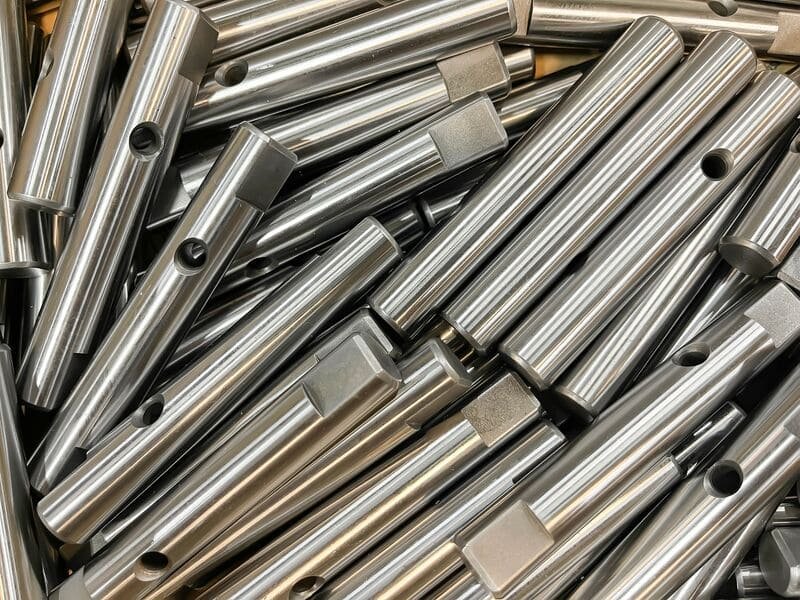
The Science Behind Nickel-Based Coatings
I remember the first time I learned about electroplating in a materials science class. It was like discovering a secret superpower for metals! Nickel-based coatings use techniques like electroplating or electroless plating to create a protective barrier over drill bits. This layer acts as a shield against abrasive forces and chemical exposure, which is crucial during intense drilling operations.
Key Properties of Nickel-Based Coatings
- Wear Resistance: I’ve seen how quickly tools wear down without proper protection. Nickel coatings bring high hardness to the table, protecting the cutting edges of drill bits.
- Corrosion Protection: Working in wet or chemically aggressive environments has its challenges, but nickel’s natural corrosion resistance means your tools won’t succumb to the elements.
- Friction Reduction: A smooth surface finish can make all the difference. Nickel reduces friction, making drilling more energy-efficient and less taxing on the equipment.
Applications and Benefits in Drilling
In my experience, challenging drilling conditions like those in mining or construction can make or break your day. Nickel-based coatings provide critical benefits:
| Property | Benefit for Drill Bits |
|---|---|
| Wear Resistance | Prolongs lifespan by minimizing surface damage |
| Corrosion Protection | Ensures longevity in moist environments |
| Friction Reduction | Enhances drilling efficiency by reducing drag |
Nickel vs. Other Coatings
When comparing nickel coatings with others like tungsten carbide or diamond-like carbon11, nickel often emerges as a cost-effective choice:
- Cost Efficiency: You get robust protection without breaking the bank, unlike some pricier options such as diamond-like carbon.
- Versatility: Nickel coatings suit a wide array of materials and environmental conditions, which I find incredibly convenient.
Understanding these advantages helps manufacturers and operators make informed choices about the best coating for their needs. To learn more about integrating these coatings into different types of drilling equipment12, check out our detailed resources.
Industry Insights
With efficiency and durability becoming essential in today’s fast-paced industries, nickel-based coatings have become indispensable. Whether it’s oil and gas or construction, I’ve seen how these coatings support the quest for high-performance tools by ensuring reliability and longevity. For a deeper dive into industry applications and case studies, don’t miss our section on advanced drilling technologies13.
Nickel coatings reduce drill bit friction.True
Nickel provides a smooth surface, lowering friction and energy use.
Nickel-based coatings are less cost-effective than diamond-like carbon.False
Nickel is generally more cost-efficient than diamond-like carbon.
Why Are Diamond-Like Carbon Coatings So Effective at Reducing Wear?
Ever wondered why some coatings make things last longer and work better? Meet diamond-like carbon coatings, the unsung heroes of durability.
Diamond-like carbon coatings effectively reduce wear by combining high hardness, excellent lubricity, and chemical resistance. This trifecta helps minimize friction and abrasion, enhancing the durability and performance of coated surfaces.
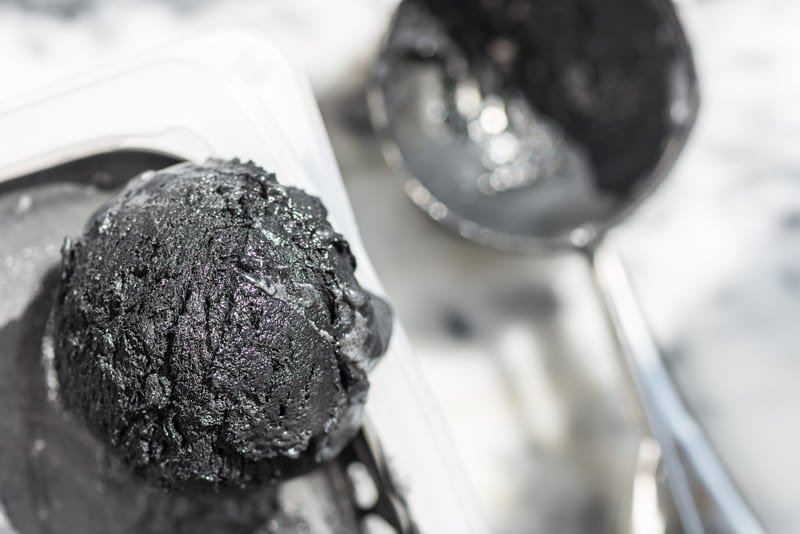
Key Properties of DLC Coatings
Let me take you back to a time when I first stumbled upon diamond-like carbon (DLC) coatings. At first, it seemed like just another technical term, but diving deeper, I discovered how remarkable they really are. Imagine having a coating that's almost as hard as diamond itself! That's DLC for you. It's not just about being tough; it's also about reducing friction to almost zilch. Remember that old car engine we used to fiddle with? If it had DLC-coated parts, it would have run smoother, with less wear and tear.
| Property | Description |
|---|---|
| Hardness | Approaches diamond level, offering great wear resistance. |
| Friction | Low friction reduces heat buildup and material degradation. |
| Chemical Stability | Resistant to corrosive chemicals, extending life in harsh environments. |
Application Methods
Applying DLC coatings is like choosing the right tool for a DIY project—each method has its own perks. You've got chemical vapor deposition (CVD) for when you need a uniform coat over complex shapes, much like when we painted those intricate wood carvings. Then there's physical vapor deposition (PVD), perfect for those thin, well-adhered layers.
- CVD: Offers uniform coating thickness, suitable for intricate geometries.
- PVD: Provides excellent adhesion and is ideal for applications where thin coatings are required.
Industry Applications
DLC coatings are everywhere, silently improving our lives. In the automotive sector, they're like the secret ingredient that keeps engine components running smoothly and efficiently. Remember our road trip debates over fuel efficiency? Well, DLC might have been the silent hero there. Then there's aerospace—where reliability isn't just preferred; it's life-saving. And in the biomedical field, these coatings ensure tools and implants last longer and remain biocompatible.
-
Automotive Sector
- Used in engine components to reduce friction and wear, improving fuel efficiency.
-
Aerospace
- Applied to critical parts to ensure reliability under extreme conditions.
-
Biomedical Devices
- Ensures biocompatibility and longevity of surgical tools and implants.
Comparative Analysis
Think of comparing DLC coatings to other options like tungsten carbide or chromium as evaluating which sports car handles the best on a winding road. While others may be good, DLC often excels when both wear resistance and low friction are crucial. It’s like having a car that performs well regardless of the weather—reliable under stress.
| Coating Type | Hardness | Friction | Chemical Resistance |
|---|---|---|---|
| DLC | High | Low | Excellent |
| Tungsten Carbide | High | Moderate | Good |
| Chromium | Moderate | Low | Moderate |
Understanding these attributes allows industries to leverage component performance14. It's fascinating how something that started as a curious discovery for me turned into a crucial component in so many sectors.
DLC coatings have hardness close to diamond.True
DLC coatings are known for their high hardness, similar to diamonds.
PVD is ideal for intricate geometries in DLC application.False
CVD, not PVD, offers uniform thickness for intricate geometries.
Conclusion
Coatings like tungsten carbide, chromium plating, and diamond-like carbon effectively reduce flank wear on DTH drill bits, enhancing durability and performance in challenging drilling conditions.
-
Learn how tungsten carbide's hardness boosts wear resistance in tools. ↩
-
Discover how DLC coatings reduce friction and heat in machining. ↩
-
Explore advanced coating options that prolong tool lifespan and efficiency. ↩
-
Learn about the methods used to apply tungsten carbide coatings effectively, enhancing their protective qualities. ↩
-
Discover detailed insights into why tungsten carbide is favored for enhancing drill bit durability. ↩
-
Discover how chromium plating shields drill bits in abrasive settings, ensuring durability and efficiency. ↩
-
Learn why chromium plating prevents corrosion, extending drill bit lifespan in moist conditions. ↩
-
Explore how reduced friction from chromium plating aids high-speed drilling by minimizing heat. ↩
-
Explore how cobalt alloys maintain their properties at elevated temperatures. ↩
-
Understand the comparative advantages of cobalt over tungsten carbide in various applications. ↩
-
Discover the advantages and cost differences between diamond-like carbon and nickel coatings. ↩
-
Explore various drilling equipment types that utilize nickel coatings for enhanced performance. ↩
-
Learn about innovative drilling technologies that incorporate nickel-based coatings for improved efficiency. ↩
-
Understand how various sectors use DLC coatings to boost component performance and longevity. ↩

